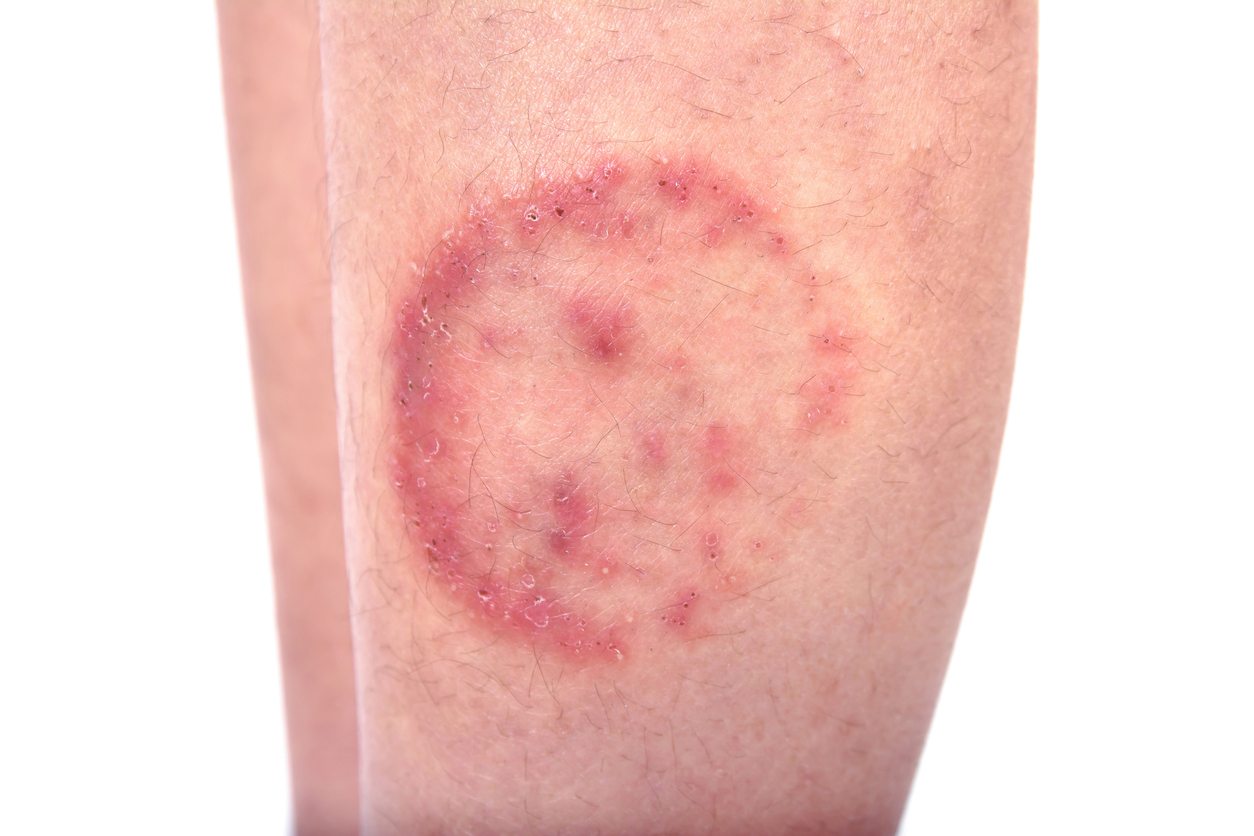.jpg)
A new report from the Centers for Disease Control and Prevention (CDC) suggests US tuberculosis (TB) programs have made strides in identifying patients with TB and latent TB infection (LTBI) and in ensuring they complete treatment in a timely manner.
The report, published today in Morbidity and Mortality Weekly Report, examined the most recent 5 years of data from the National TB Indicators Project, a web-based performance monitoring tool that tracks the performance of state- and city-level TB programs. To assess TB control efforts, CDC researchers examined overall TB incidence in the United States, TB incidence among non—US-born persons, percentage of people with drug susceptibility results reported, percentage of contacts to sputum acid-fast bacillus (AFB) smear-positive cases who completed treatment for LTBI, and percentage of patients who completed TB therapy in 12 months.
Declines in overall incidence
From 2018 to 2022, overall TB incidence decreased in 37 of 52 jurisdictions (71.2%), and the incidence of TB among non–US-born persons decreased in 26 of 51 jurisdictions (51%). From 2017 to 2012, the relative change in the percentage of contacts to patients with new diagnosis of LTBI who completed treatment increased in 29 of 52 jurisdictions (55.8%). From 2016 to 2020, the average percentage of patients who completed TB therapy was at or above the national average of 89.7% in 32 of 52 jurisdictions (61.5%).
Although more than half of jurisdictions (53.9%) met or exceeded the 5-year national average of 97% of persons having initial drug susceptibility tests reported from 2018 to 2022, only 23.1% saw an increase in relative change during the period.
"The findings in this report indicate that most TB programs have indicated improvement in reducing TB incidence and increasing the percentage of contacts with LTBI who complete treatment," the authors wrote. "These activities are critical in preventing the spread of TB."
The authors add that TB programs can use the report to monitor progress of TB prevention and control activities and determine where improvements can be made.













